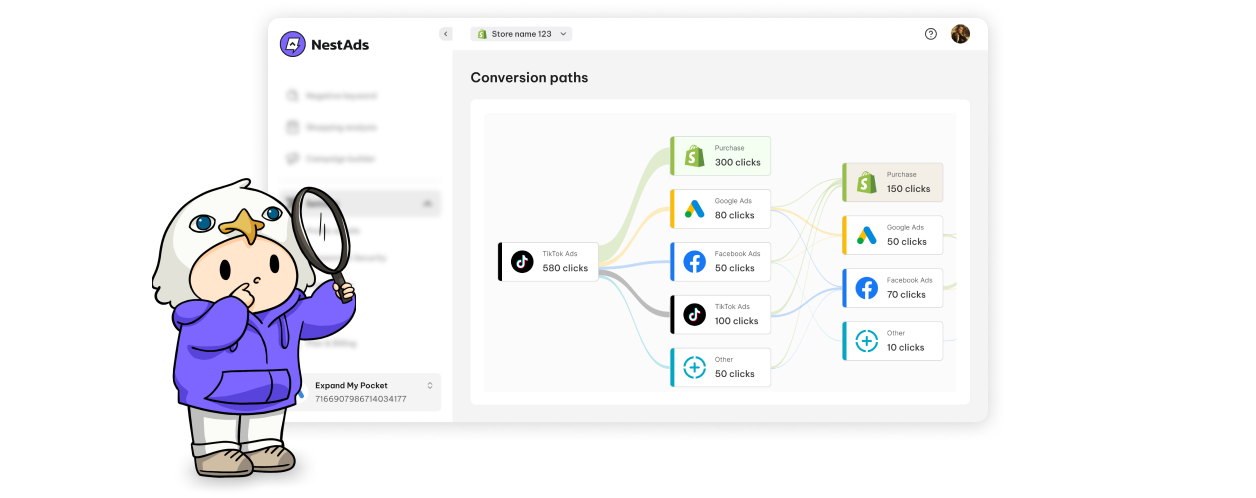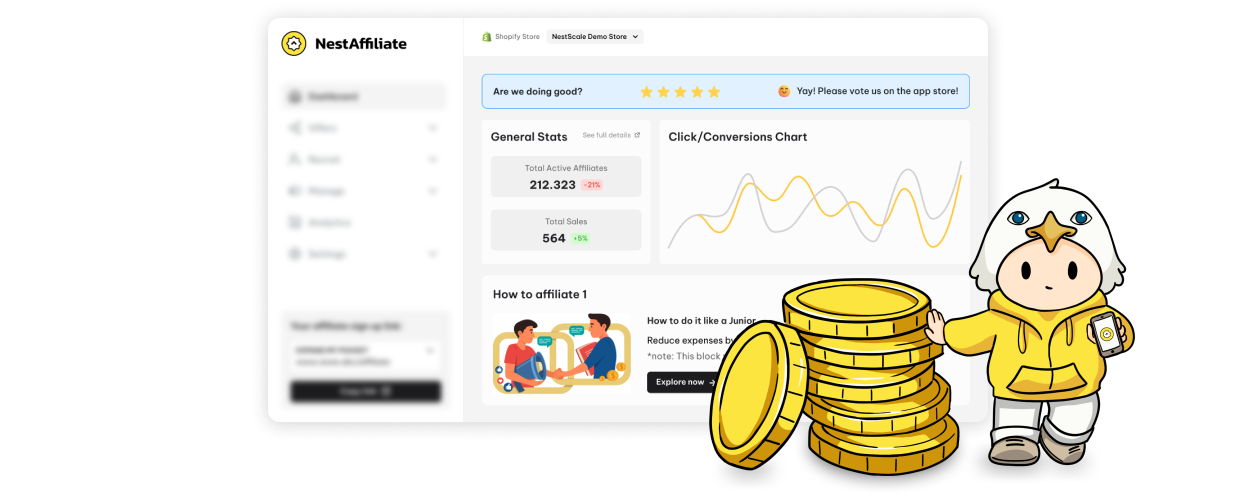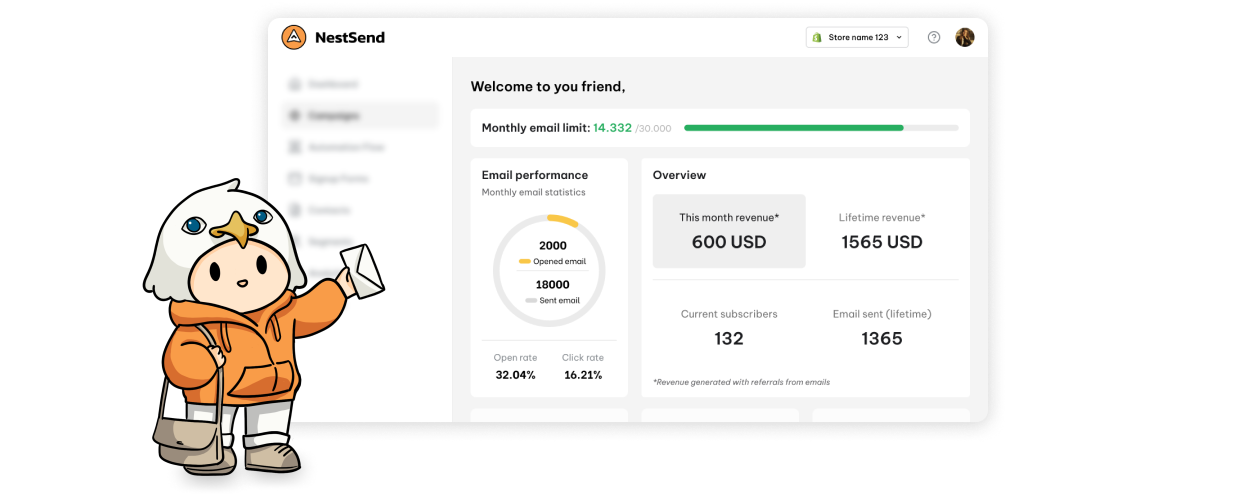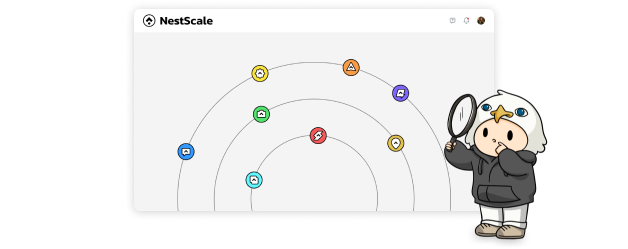What is geo testing?
Geo testing is the marketing experiment that measures the impact of an ad campaign or strategy by targeting specific geographic regions while keeping others as control groups. This approach allows businesses to assess the effectiveness of marketing campaigns without affecting the entire audience.
Example
An online fashion brand launches a new ad campaign in California while keeping New York as a control group. By comparing sales data, they determine whether the campaign drives incremental revenue.
💡 Geo testing is commonly used for ad spend allocation, pricing strategy, and promotional effectiveness.
Key methodologies for geo testing
Here are 4 common geo-testing approaches:
- Matched market testing: Compares two similar regions, one exposed to the campaign and one left as a control.
- Incrementality testing: Measures lift in conversions or sales caused by an ad campaign in a test region versus a control group.
- Geo-based holdout testing: Completely excludes an area from marketing efforts to assess its organic growth versus a test region.
- Multi-market testing: Expands testing to multiple regions to assess performance across diverse customer segments.
Metrics to evaluate geo test performance
You should use multiple metrics to get a clearer picture of campaign impact.
| Metric | Why it matters |
| Conversion Rate | Measures how well the test region responds to the campaign. |
| Incremental Revenue | Identifies additional revenue generated by the marketing effort. |
| Customer Acquisition Cost (CAC) | Compares efficiency in acquiring customers across regions. |
| Return on Ad Spend (ROAS) | Evaluates profitability of the campaign in the test region. |
| Lift Analysis | Measures the difference in key metrics between the test and control group. |
Best practices for an effective geo test
For accurate and actionable insights, you should:
- Choose comparable regions: Ensure test and control regions have similar demographics and purchasing behaviors.
- Keep external factors in mind: Consider seasonal trends, economic conditions, and competitor activity that may affect results.
- Run tests long enough: A short test may not capture real buying patterns; aim for 4-8 weeks for more reliable insights.
- Analyze trends over time: Look beyond immediate results to see long-term impact and repeatability.
- Use first-party data: Improve accuracy by leveraging internal analytics rather than relying solely on ad platform estimates.
FAQs
Q: What metrics should I track in geo testing?
A: To accurately measure campaign impact, consider these key metrics:
- Conversion Rate: Measures how well the test region responds to the campaign.
- Incremental Revenue: Identifies additional revenue generated by the campaign.
- Customer Acquisition Cost (CAC): Compares efficiency in acquiring customers across regions.
- Return on Ad Spend (ROAS): Evaluates the campaign’s profitability in the test region.
- Lift Analysis: Measures the difference in key metrics between the test and control group.
Q: How long should a geo test run?
A: For reliable results, geo tests should typically run between 4 to 8 weeks to capture real buying patterns and eliminate short-term fluctuations.












































